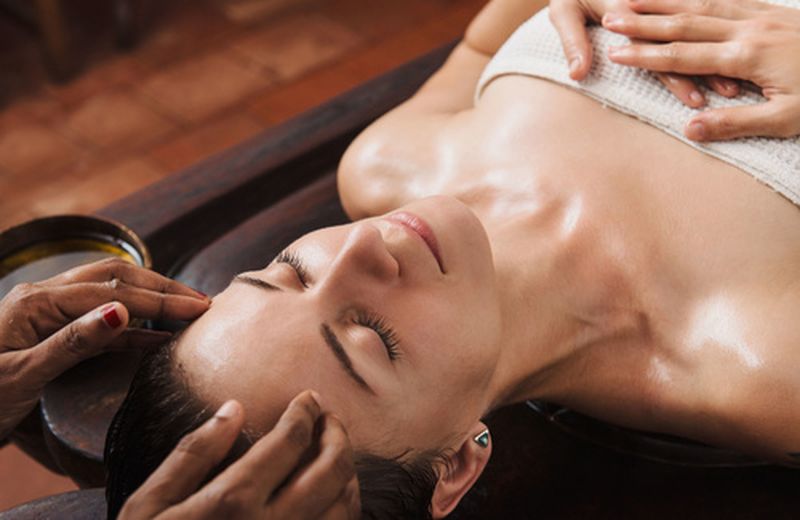Ayurvedic massage: benefits and how to do it
Ayurvedic massage consists of a wide range of techniques and tools whose goal is the rebalancing of the energies of the body and mind of the human being, according to the principles of Ayurveda.

Ayurvedic massage: what it is
Abyangam is the term used for Ayurvedic massage .
In the tradition of ancient Indian medicine, which is the basis of Ayurveda , Abyangam is one of the five purification techniques of Panchakarma .
Ayurvedic massage is a real treatment that deals with rebalancing the “constitutions” of belonging according to Ayurvedic medicine.
In Ayurveda there are three main energies within the body, which are called Doshas , distributed in a variable manner, the predominance or combination of these creates the constitution of belonging .
Each constitution corresponds to physical, emotional characteristics, and also particular and different imbalances , which can determine the state of health and / or disease.
Doshabyangam is divided into three different techniques depending on whether it is going to rebalance Vata, Pitta, or Kapha :
> Vatabyangam balances Vata , and is warming, energetic, strong, focuses mainly on the back;
> Pittabyangam balances Pitta , is sweet and calming, and focuses mainly on the head;
> Kaphabyangam balances Kapha , it starts from the feet and is energetic and stimulating.
In addition to these main types of Ayurvedic massage, there are also head massages, those for the sense organs: nose, eyes, ears; specific massages for feet, back, face , hands.
Massages are performed with special oils specially packaged for each area to be treated or with a set of herbs .
Then there is the Ayurvedic massage performed with the feet and the massage of the Marma points. A particular treatment that combines the use of oils with the massage for purifying purposes is Shirodhara .
Read also Ayurvedic hair massage >>
Techniques and benefits of Ayurvedic massage
Ayurvedic massage techniques are many, and each deals with a particular imbalance and a specific part of the body.
In general , Ayurvedic massage involves the whole body , using friction, kneading, pressure with the palms of the hands.
The benefits of Ayurvedic massage are many, and they concern :
> The rebalancing of body and mind : Ayurvedic massage is part of Ayurvedic medicine, and as such is used as a real tool for the prevention and treatment of many diseases related to constitutions and Doshas; as such it is not concerned only with the body, but with the whole constituted by the physical, mental and emotional planes of the human being;
> the improvement of blood and lymphatic circulation , with the removal of waste and toxins;
> an increase in joint flexibility and in general an improvement of painful conditions due to back pain and neck pain ;
> the regularization of digestive processes and the functioning of the liver and kidneys ;
> intestinal balance ; _
> resistance to stress and physical fatigue ;
> the strengthening of the immune system ;
> stimulation of the metabolism ;
> the attenuation of emotions and moods;
> the health and beauty of the skin , which is directly stimulated and nourished by the oils.
The benefits deriving from regularly undergoing Ayurvedic massage do not end, therefore, with a relaxation or deep stimulation of muscles and organs, but also concern the more subtle and energetic part .
Thus massages can calm an anxious emotional state , or tone mental and physical energies , finally unlocking certain long-lasting and harmful behavioral mechanisms.
Each Ayurvedic massage , beyond the techniques, which are very physical and contact, if performed by an operator adequately acquainted with the principles of Ayurveda, is specific and unique for each person : it adapts to the distinctive characteristics of the subject.




























+ There are no comments
Add yours